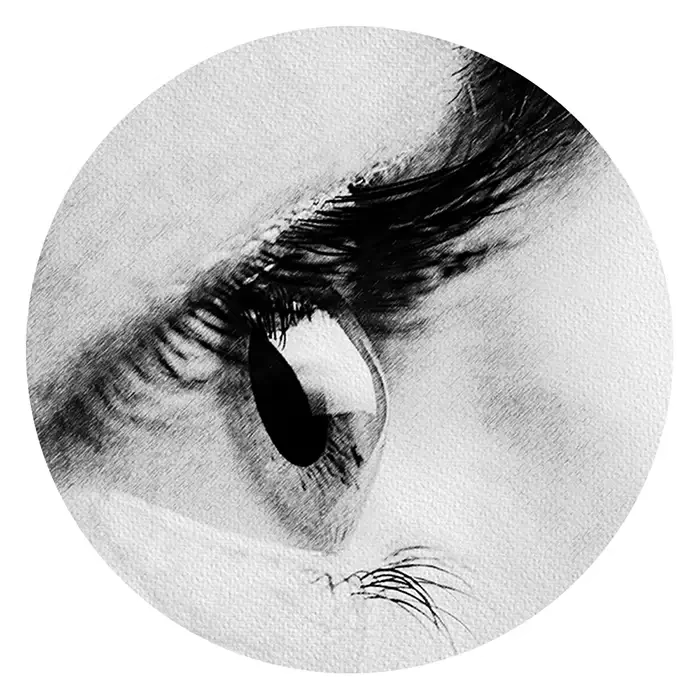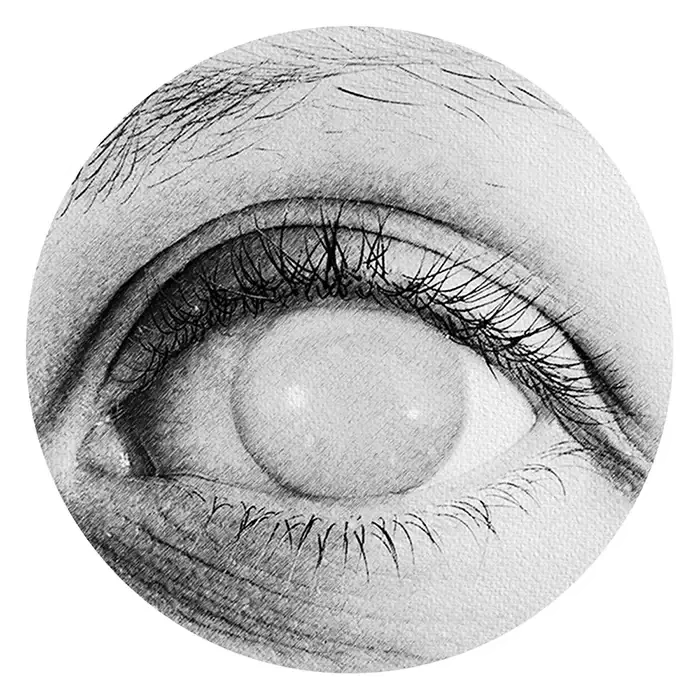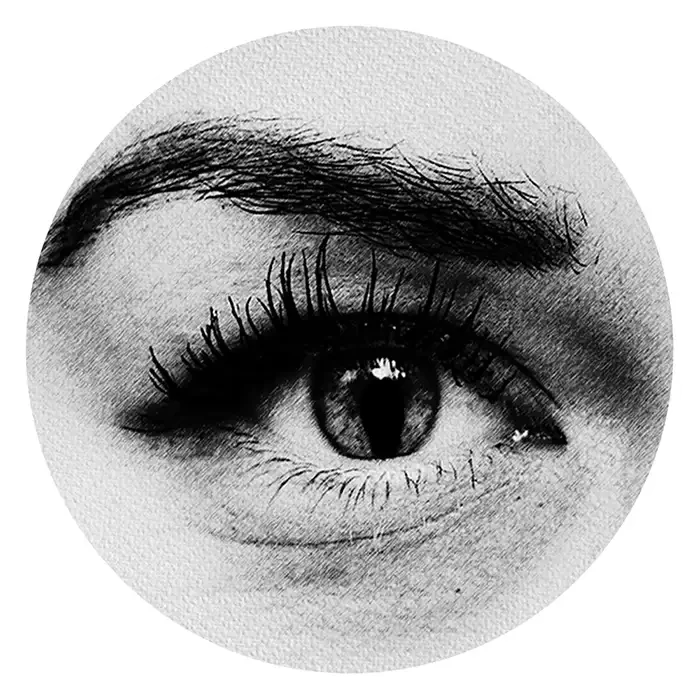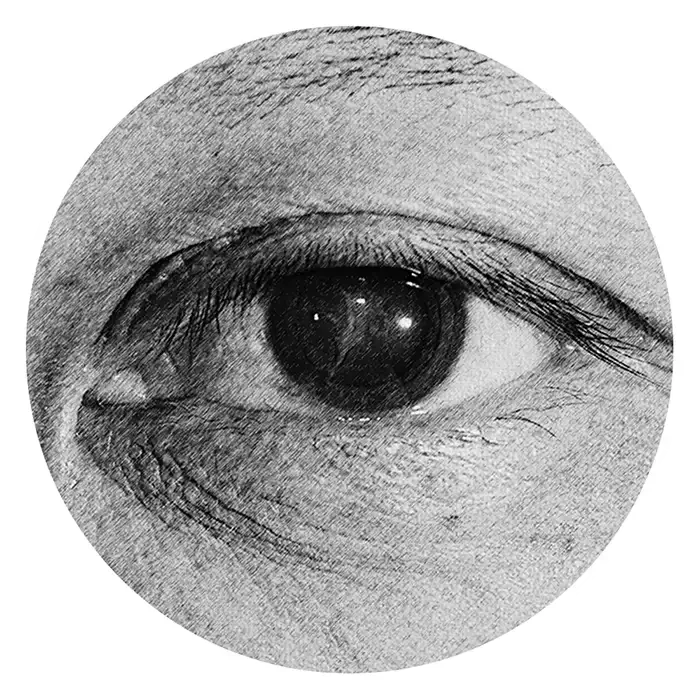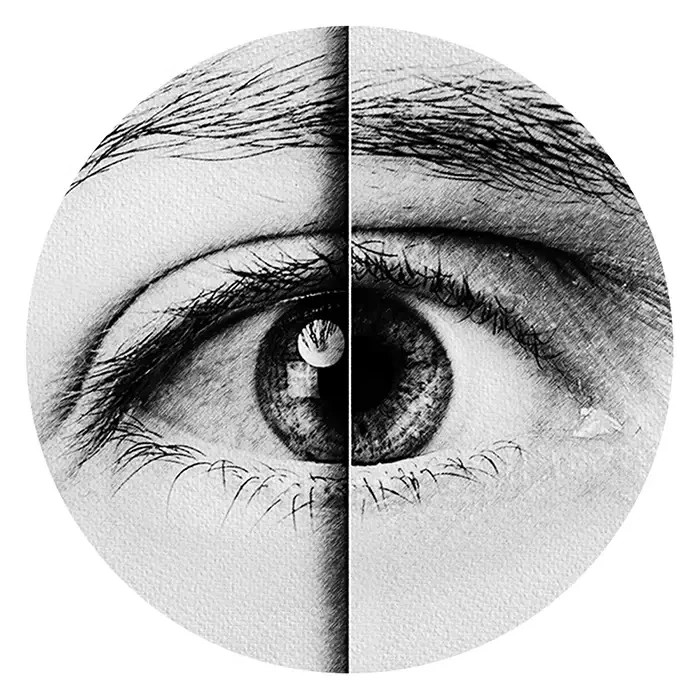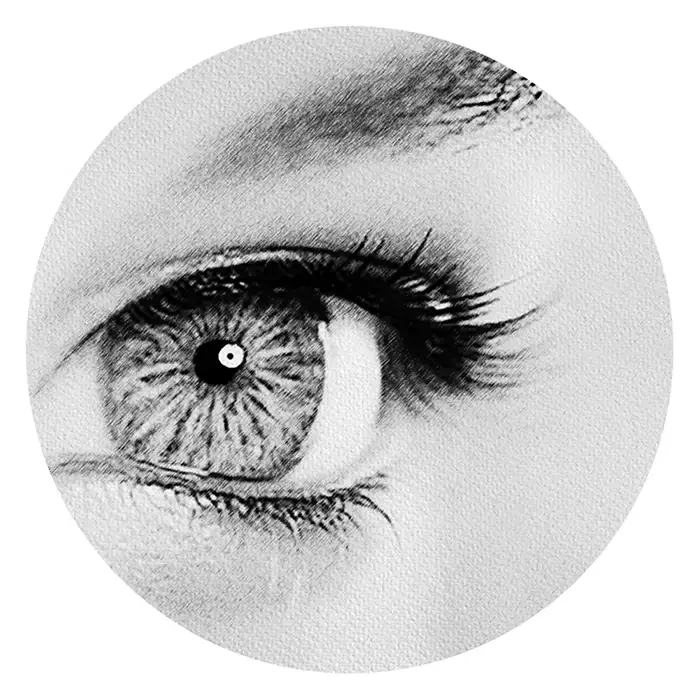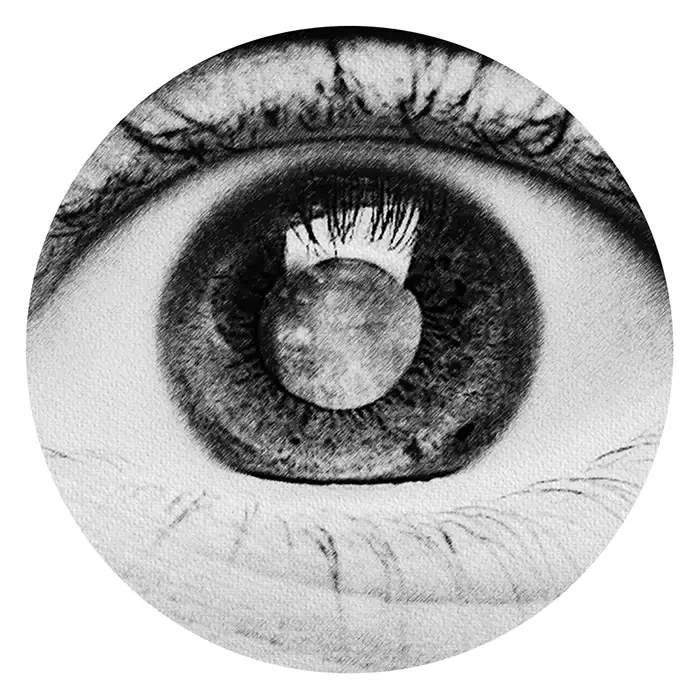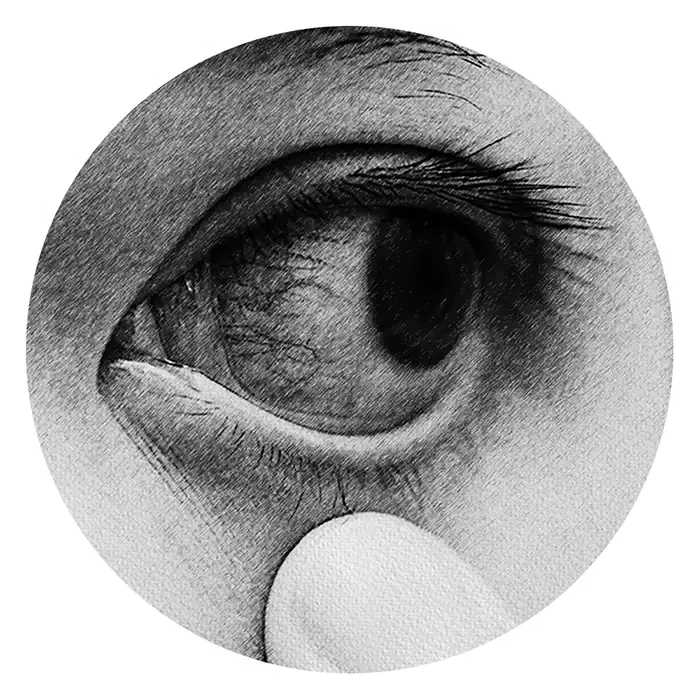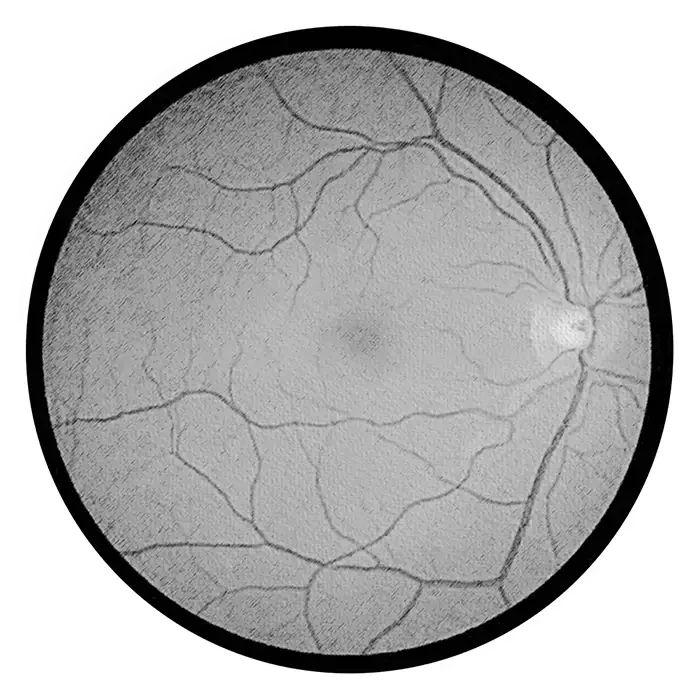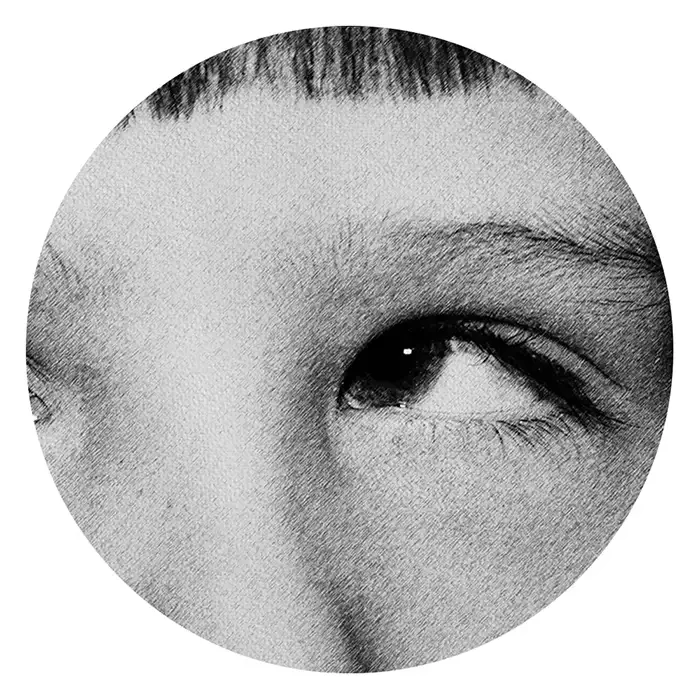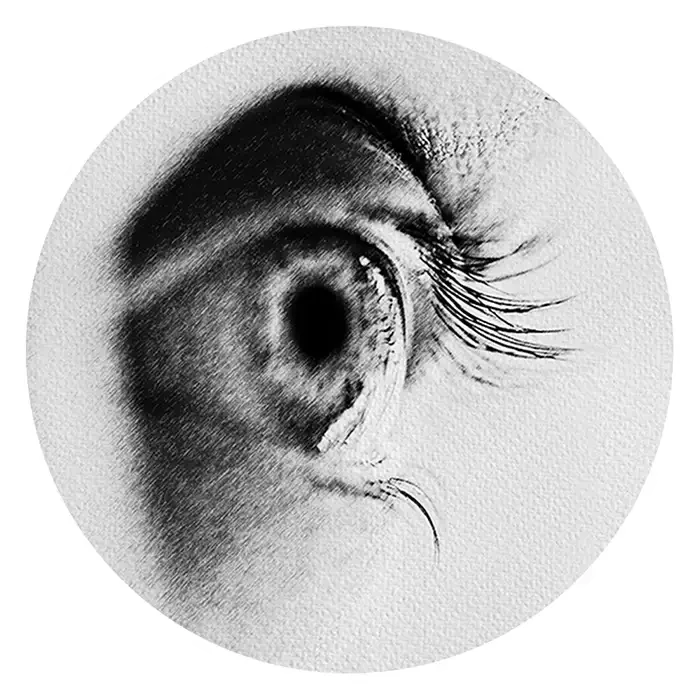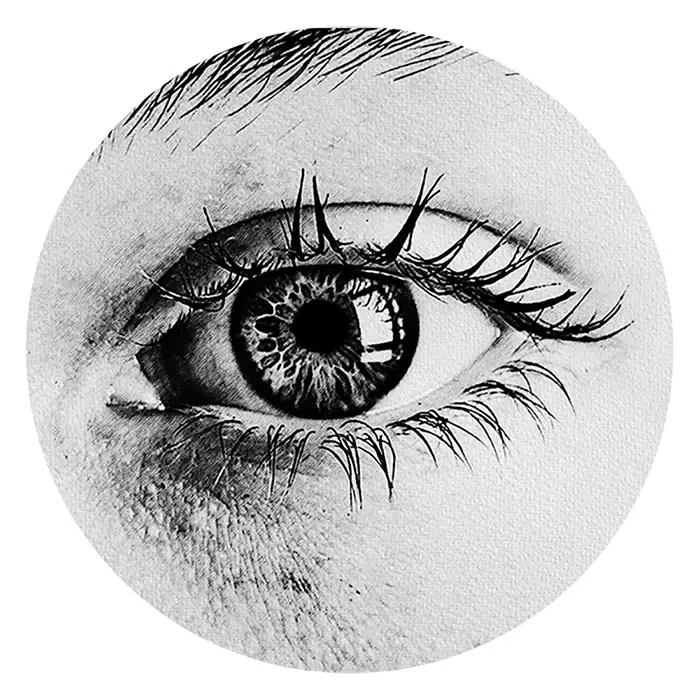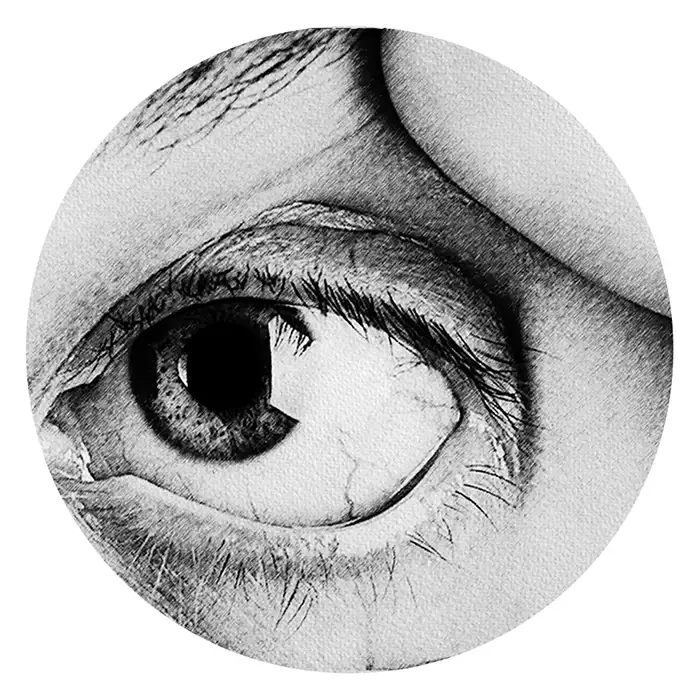Sources Program #4: Inflammation and Eye Infections
Eye inflammation and infections encompass a wide range of conditions affecting various parts of the eye, including the conjunctiva, eyelids, cornea, and inner eye structures. These conditions can cause discomfort, redness, pain, and in severe cases, vision impairment. Given the prevalence and diverse nature of these issues, Retyne Program #4 is dedicated to addressing eye inflammation and infections comprehensively.
Conjunctivitis, commonly known as Pink Eye, is a highly contagious inflammation of the conjunctiva, the thin, transparent layer covering the white part of the eye and the inner surface of the eyelids. It can be caused by viruses, bacteria, allergens, or irritants. Blepharitis is another common condition characterized by inflammation of the eyelids, particularly the eyelash follicles and oil glands. It leads to red, swollen eyelids and may cause itching and irritation.
Keratitis refers to inflammation of the cornea, the transparent front part of the eye responsible for focusing light. It can result from infections, injuries, or underlying conditions such as dry eye syndrome. Uveitis involves inflammation of the uvea, the middle layer of the eye comprising the iris, ciliary body, and choroid. It can be caused by infections, autoimmune diseases, or trauma, and if left untreated, may lead to vision loss.
Hordeolum, commonly known as a Stye, is a localized infection or inflammation of the eyelid glands, resulting in a painful red lump along the eyelid margin. Episcleritis and scleritis both involve inflammation of the outer layers of the eye. Episcleritis affects the episclera, the thin layer between the conjunctiva and sclera, causing mild discomfort and redness. Scleritis is a more severe and potentially sight-threatening inflammation of the sclera, the white part of the eye.
Retyne Program #4 utilizes specific frequencies and energy wavelengths tailored to target pathogens, reduce inflammation, and promote healing in the affected eye tissues. By delivering precise energy pulses to the affected areas, the Retyne mask aids in alleviating symptoms, accelerating recovery, and restoring ocular health. Whether addressing viral or bacterial infections, allergic reactions, or inflammatory conditions, this program offers a non-invasive and effective approach to managing a spectrum of eye inflammation and infections.
The Retyne Mask is equipped with a Standard Controller upon shipment, containing 50 frequencies organized into 5 distinct Groups:
For eye inflammation and infections, the Retyne mask employs Program #4, categorized as a "General" Group, compatible with themask 's accompanying Controller. The following list enumerates these disorders, along with brief justifications for their inclusion in Program #4. This Group encompasses specific frequencies or frequency ranges deemed optimal for treating the respective eye disorders.
Bioresonance testing and research have identified specific frequencies within Program #4 that demonstrate efficacy in treating a diverse range of eye disorders, despite their seemingly unrelated nature. As a result, certain eye disorder frequencies within Program #4 have been included to accommodate these shared frequency characteristics.
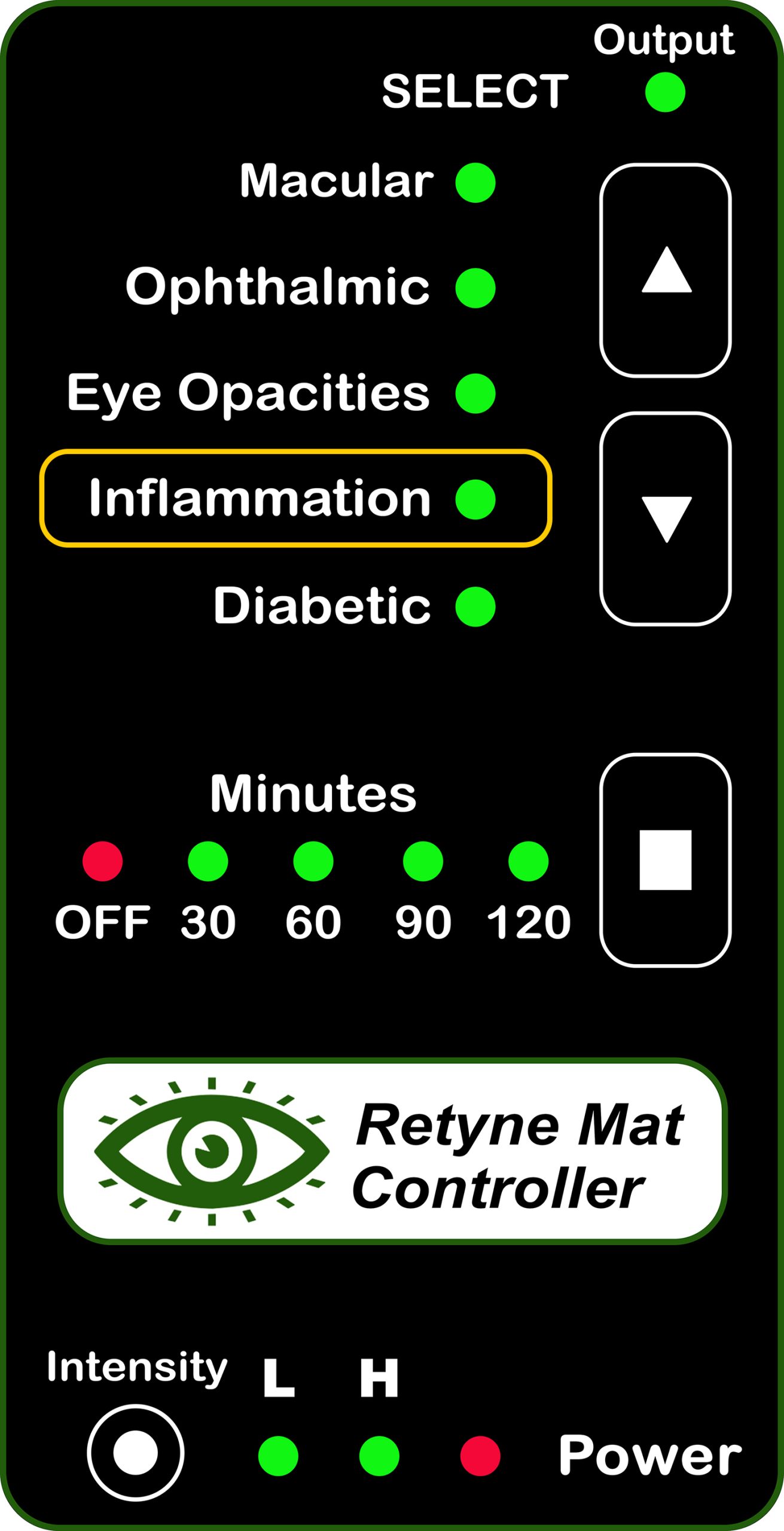
Some Program #4 eye disorders consist of multiple symptoms, so can be used in conjunction with one of the other 4 available controller programs, or use a specific group with the RDPV4 machine. This group may be marked “Specific Group” or “Alternate Group” and the program can be accessed through the menu on the RDPV4 machine. The Retyne Light mask can be directly connected to the RDPV4 machine to utilize Specific Group settings, eliminating the need for the controller.
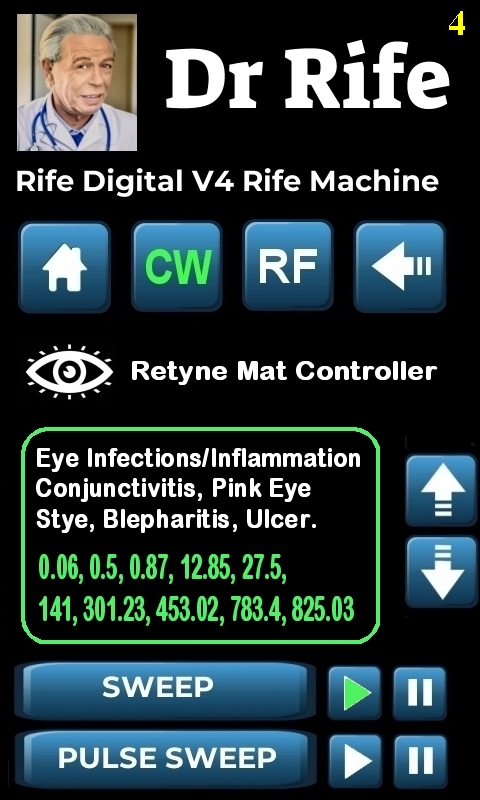
Eye disorders appropriate for categorization in Group #4 Program
Note: Some Program #4 eye disorders consist of multiple symptoms, so can be used in conjunction with one of the other 4 available controller programs. This will be indicated where necessary. For further details on utilizing multiple programs with the Retyne device, please refer to the "How to Use the Retyne" page.
- Amblyopia: Reduced vision in one eye.
- Astigmatism: Blurred vision due to irregularly shaped cornea.
- Behcet's Disease: Inflammatory disorder affecting eyes and other organs.
- Blepharitis: Eyelid inflammation causing irritation.
- Blepharospasm: Involuntary eyelid twitching.
- Chalazion: Eyelid lump due to blocked oil gland.
- Cogan Syndrome: Rare disorder causing eye inflammation.
- Congenital Ptosis: Drooping eyelid present from birth.
- Conjunctivitis: Pink eye, inflammation of the eye surface.
- Convergence Insufficiency: Difficulty focusing on nearby objects.
- Dry eye syndrome: Insufficient tear production or poor tear quality.
- Episcleritis: Inflammation of the tissue covering the sclera.
- Graves Eye Disease: Thyroid-related eye disorder causing bulging eyes.
- Herpes Simplex Keratitis: Viral infection causing corneal inflammation.
- Herpes Zoster Ophthalmicus: Shingles affecting the eye area.
- Herpetic Eye Disease: Eye infection caused by herpes virus.
- Hordeolum (Stye): Painful lump on eyelid due to bacterial infection.
- Lazy Eye: Reduced vision in one eye due to lack of use.
- Ocular Histoplasmosis Syndrome: Fungal infection affecting the retina.
- Ocular hypertension: High pressure inside the eye.
- Ophthalmoplegia: Paralysis or weakness of eye muscles.
- Phlyctenular Keratoconjunctivitis: Inflammation of cornea and conjunctiva.
- Pink Eye: Common term for conjunctivitis.
- Ptosis: Drooping of the upper eyelid.
- Scleritis: Inflammation of the sclera.
- Strabismus: Misalignment of the eyes.
- Superior Limbic Keratoconjunctivitis (SLK): Inflammation of upper cornea and conjunctiva.
- Uveitis: Inflammation of the uvea, the middle layer of the eye.
* Program 4 is a shared category denoting interconnectedness and co-listings with other eye disorders, potentially sharing frequencies to facilitate comprehensive treatment across distinct categories
